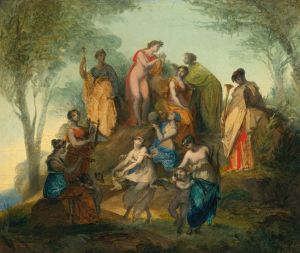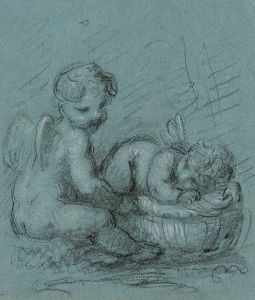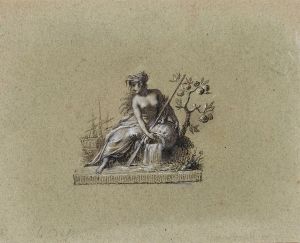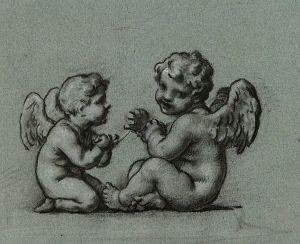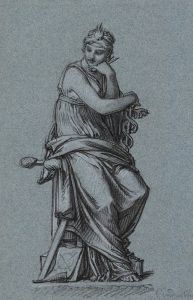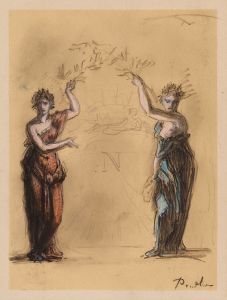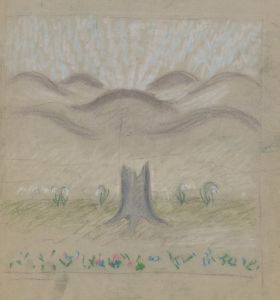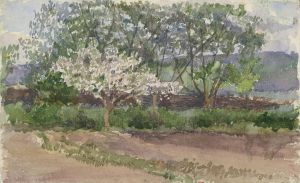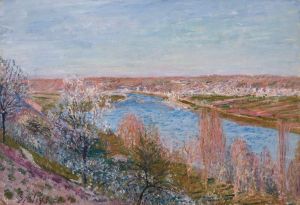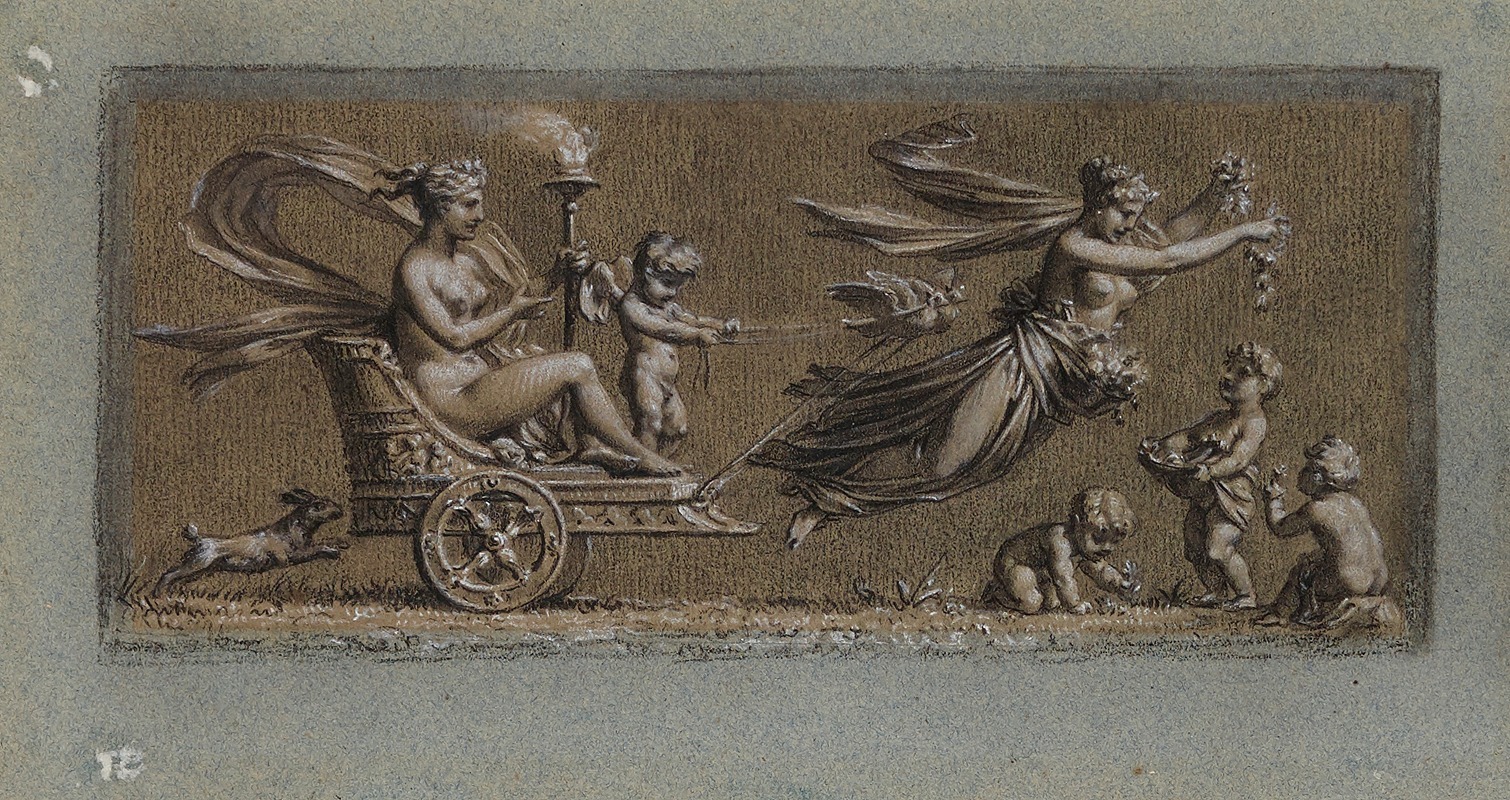
Le Printemps, dit le Triomphe de Vénus
A hand-painted replica of Pierre-Paul Prud'hon’s masterpiece Le Printemps, dit le Triomphe de Vénus, meticulously crafted by professional artists to capture the true essence of the original. Each piece is created with museum-quality canvas and rare mineral pigments, carefully painted by experienced artists with delicate brushstrokes and rich, layered colors to perfectly recreate the texture of the original artwork. Unlike machine-printed reproductions, this hand-painted version brings the painting to life, infused with the artist’s emotions and skill in every stroke. Whether for personal collection or home decoration, it instantly elevates the artistic atmosphere of any space.
Pierre-Paul Prud'hon, a prominent French painter of the late 18th and early 19th centuries, created Le Printemps, dit le Triomphe de Vénus (Spring, also called The Triumph of Venus), a work that exemplifies his mastery of neoclassical and romantic styles. Completed in 1814, this painting is one of Prud'hon's most celebrated allegorical works, showcasing his ability to blend mythological themes with a poetic sensibility.
The painting depicts Venus, the Roman goddess of love and beauty, as the central figure, surrounded by a harmonious composition of cherubs, nymphs, and other mythological figures. Venus is portrayed in a graceful and idealized manner, embodying the neoclassical ideals of beauty and proportion. The scene is set in a lush, idyllic landscape, evoking the renewal and vitality of spring. The figures are bathed in soft, diffused light, a hallmark of Prud'hon's style, which lends the composition a dreamlike quality.
Prud'hon's work is notable for its delicate use of color and light, which creates a sense of depth and atmosphere. In Le Printemps, dit le Triomphe de Vénus, he employs a palette of soft pastels and warm tones to enhance the ethereal quality of the scene. The interplay of light and shadow adds a sense of movement and dynamism to the composition, drawing the viewer's eye across the canvas.
This painting was commissioned during a period when Prud'hon was highly sought after for his allegorical and decorative works. His ability to convey emotion and narrative through his art made him a favorite among patrons of the Napoleonic era. While Prud'hon was influenced by the neoclassical tradition, his work also reflects elements of romanticism, particularly in its emphasis on emotion and the sublime.
Today, Le Printemps, dit le Triomphe de Vénus is housed in the Louvre Museum in Paris, where it is part of the collection of French paintings. It is considered a significant example of Prud'hon's contribution to the art of his time, bridging the transition between neoclassicism and romanticism. The painting continues to be admired for its technical excellence and its ability to evoke a sense of timeless beauty.
Prud'hon's work, including this painting, remains an important subject of study for art historians, as it provides insight into the artistic and cultural currents of early 19th-century France.








